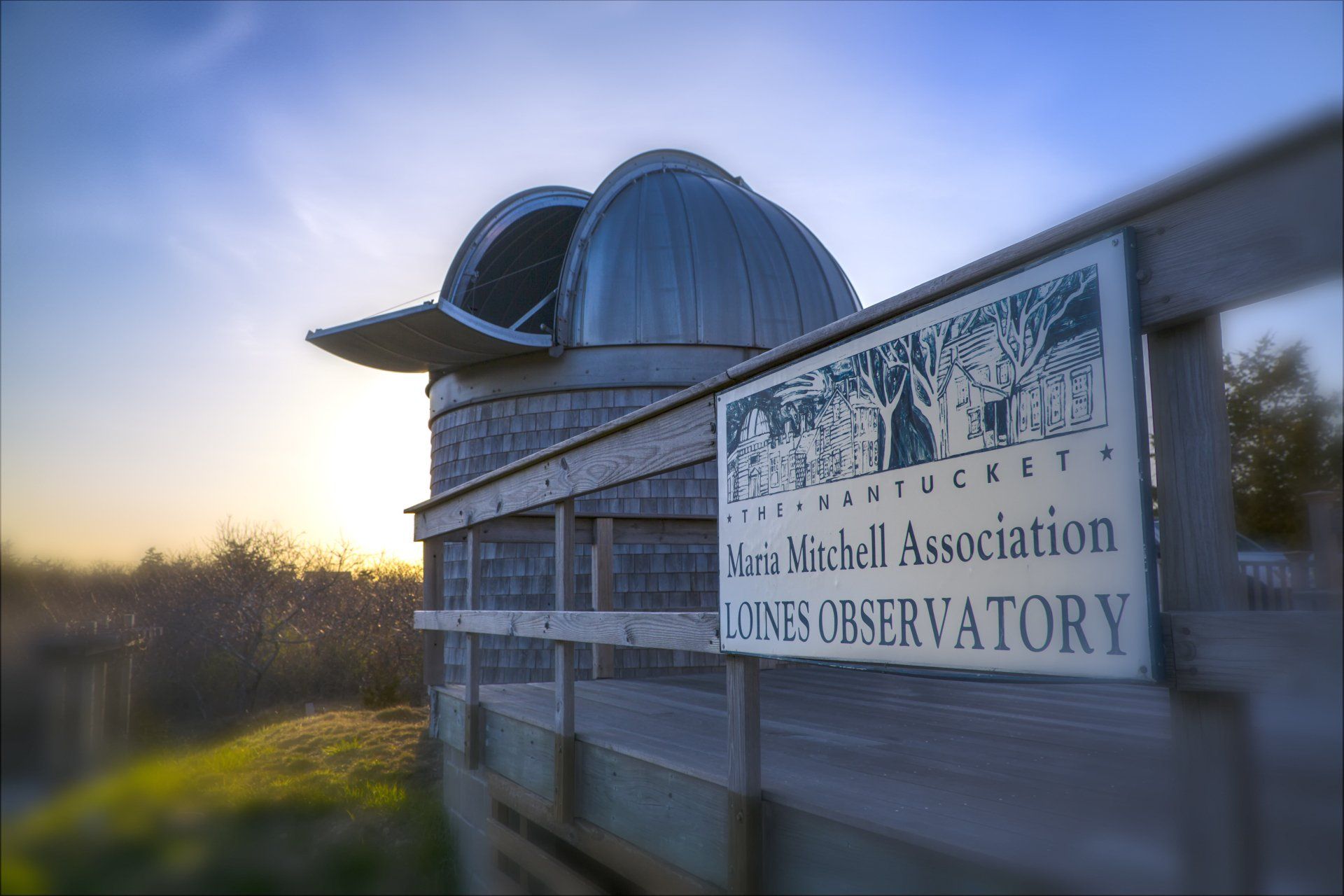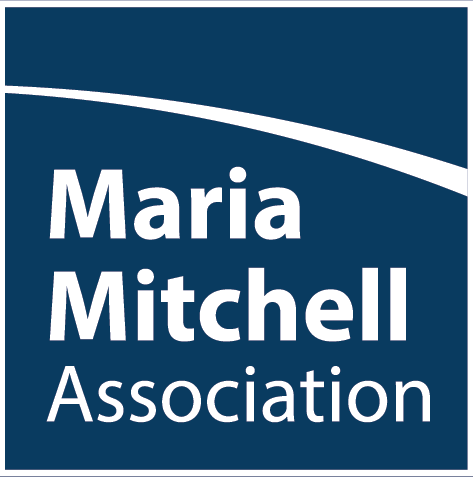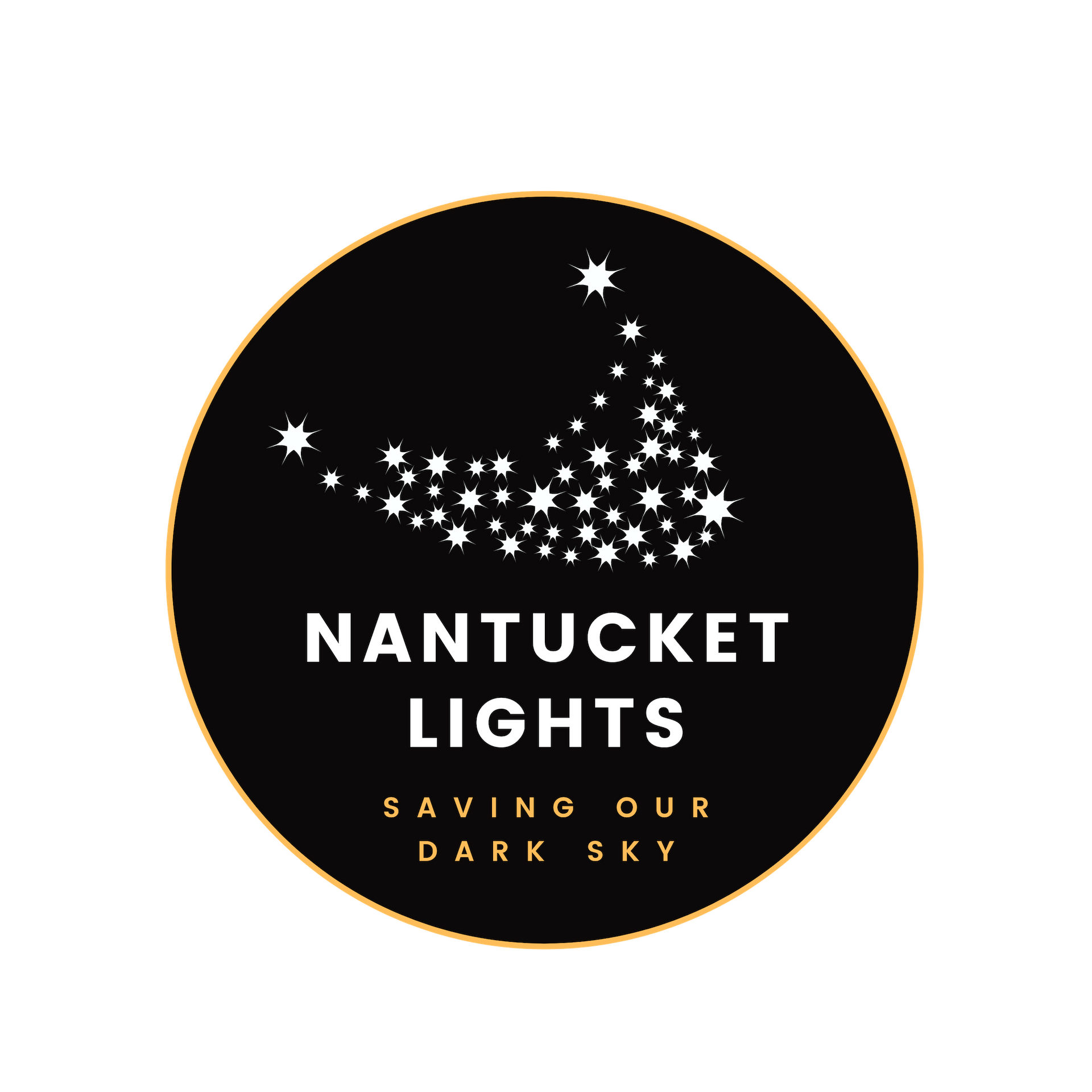Nantucket Sky Quality Monitoring Program
A Joint Initiative of Nantucket Lights and the Maria Mitchell Association
Nantucket Sky Quality Monitoring (SQM) Program
A collaborative project between Nantucket Lights and the Maria Mitchell Association, the Sky Quality Monitoring Program, launched in June 2022. This program is dedicated to collecting island-wide ground-based data to monitor the darkness of Nantucket's night sky, identifying areas affected by light pollution, and tracking changes over time to evaluate the success of efforts aimed at reducing light pollution.
Through the use of handheld Unihedron Sky Quality Meters (SQM) specifically designed to take scientific quality measurements of sky brightness, citizen-scientists are able to actively monitor the darkness of Nantucket's night sky. The measurements will aid in the assessment of the effectiveness of efforts to reduce light pollution. Additionally, they play a critical role in Nantucket's application for official certification as an "International Dark Sky Community" through
DarkSky International (formerly the International Dark Sky Association). As part of the process, measurements are taken during the new moon phase—ensuring that any recorded sky brightness is due to artificial light, not moonlight, following the
Globe at Night schedule.
Light Pollution
Measured light pollution on Nantucket is not as bad as in many other places, but it is growing at an alarming rate qualitatively and quantitatively. Our view of clear starry skies is at risk of slowly, imperceptibly, disappearing. It is estimated that about two-thirds of Americans can no longer see the Milky Way at night due to the skyglow of artificial lights in areas where they live. Light pollution not only impacts our aesthetic views but it affects our health, wastes resources, and has negative impacts on local and migratory creatures across the planet. Fortunately, there are still plenty of places on Nantucket where it’s possible to see stars from horizon to horizon.
But if we don’t work together to preserve our dark skies, we will lose them.
Sky Quality Monitoring Locations
To qualify for International Dark Sky Community status, measurements are taken at eight carefully selected locations across Nantucket. These sites represent a mix of areas with both brighter and darker nighttime skies. The average of all eight locations will provide the overall sky brightness reading for the island.
Monitoring locations: Down-town Nantucket, Nantucket High School, Nantucket Elementary School, Madaket, Surfside Beach, Nantucket Memorial Airport, Altar Rock, Siasconset, and Wauwinet. Beginning in August 2024, we expanded our monitoring efforts to include a ninth location—Cisco Beach.
How You Can Help
Just as we all contribute to preserving our island’s natural beauty by recycling, we also contribute to protecting Nantucket’s dark skies through our individual efforts.
Some things you can do that will make a real difference.
Reduce Consumption
Use light only if it is needed and comply with the Town of Nantucket lighting ordinances.
Targeted Focus
Install energy efficient light fixtures that direct light so it falls only where it is needed.
Low Level Lumens
Light should be no brighter than necessary.
Controlled Use
Use indoor and outdoor lighting only when essential and warmers bulb hues where possible.
Nantucket's Outdoor Lighting Bylaw: Did You Know?
Nantucket's Outdoor Lighting Bylaw prohibits the use of certain residential exterior lighting if the lighting output is more than 600 lumens
(about 40 watts incandescent and 7 watts LED), with certain limited exceptions. (See the ordinance itself for more detail, including additional restrictions.
Contact Nantucket's Lighting Enforcement Officer with any questions.)
This report was prepared by Dark Sky Consulting, LLC and presents the results of a study of average light pollution on Nantucket Island, through ground-based measurements of night sky brightness, in which measurements of night sky brightness data, collected by island community-scientists from June 2022 to November 2024 was analyzed.


